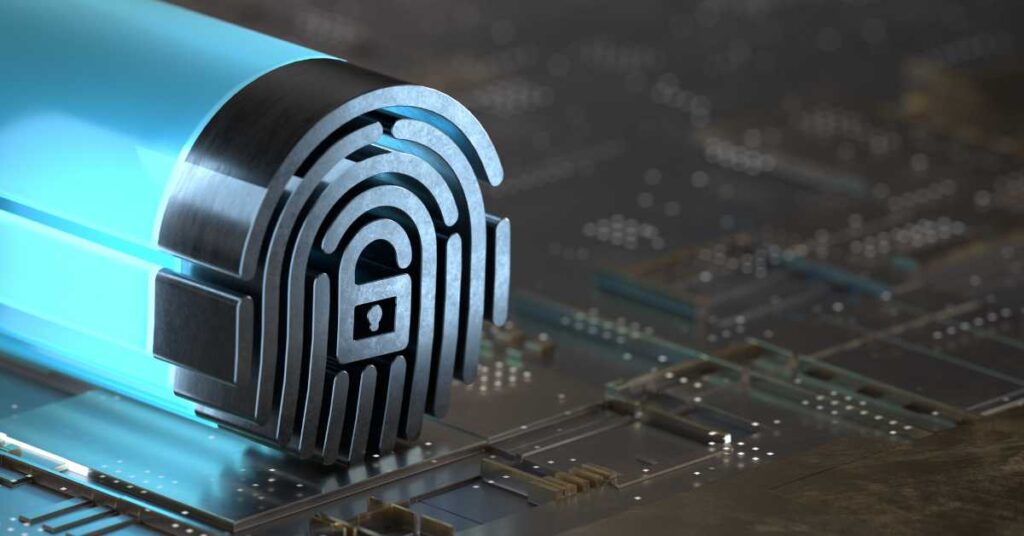Introduction
In today’s interconnected world, network and system security are of paramount importance to protect your company’s sensitive information and ensure business continuity. Implementing robust security measures safeguards your network infrastructure, data, and systems from unauthorized access, cyber threats, and data breaches.
This article explores essential network and system security measures that every company should consider implementing.
Understanding the Importance of Network and System Security
The Risks of Inadequate Security Measures
Failure to implement adequate network and system security measures can result in severe consequences for your company. Cyberattacks, data breaches, and unauthorized access can lead to financial loss, reputational damage, legal liabilities, and disruption of operations.
The Benefits of Implementing Strong Security Measures
By prioritizing network and system security, your company can enjoy several benefits. These include protection of sensitive data, compliance with industry regulations, increased customer trust, improved business continuity, and enhanced overall cybersecurity posture.
Conducting a Security Audit
Assessing Current Network and System Security
Begin by conducting a comprehensive security audit to evaluate the effectiveness of your current network and system security measures. Identify existing vulnerabilities, weaknesses, and potential points of failure that need to be addressed.
Identifying Vulnerabilities and Weak Points
During the security audit, consider factors such as outdated software, misconfigured devices, weak access controls, lack of encryption, and inadequate employee security awareness. Thoroughly assess your network infrastructure, systems, and policies to identify areas that require improvement.
Establishing a Robust Firewall
Understanding the Role of Firewalls
Firewalls act as the first line of defense by monitoring and controlling incoming and outgoing network traffic. They help prevent unauthorized access, filter out malicious traffic, and protect against common cyber threats.
Choosing the Right Firewall Solution for Your Company
Select a firewall solution that aligns with your company’s specific needs and requirements. Consider factors such as scalability, performance, ease of management, and the ability to enforce granular access controls.
Implementing Secure Access Controls
Role-Based Access Control (RBAC)
RBAC allows you to assign access privileges based on job roles and responsibilities. This approach ensures that employees have appropriate access rights and reduces the risk of unauthorized access.
Two-Factor Authentication (2FA)
Implementing 2FA adds an extra layer of security by requiring users to provide an additional verification factor, such as a temporary code or biometric authentication, along with their credentials.
Network Segmentation
Divide your network into smaller, isolated segments to limit the lateral movement of threats. This strategy reduces the potential impact of a security breach and enhances network security.
Regular Patching and Updates
Importance of Patch Management
Regularly applying patches and updates is crucial to address software vulnerabilities. Unpatched systems are prime targets for cybercriminals. Establish a patch management process to ensure timely updates across all devices and software.
Developing a Patch Management Strategy
Create a structured approach to patch management, including regular vulnerability assessments, testing patches in a controlled environment, and scheduling updates to minimize disruption to operations.
Intrusion Detection and Prevention Systems (IDPS)
Understanding IDPS
IDPS monitors network traffic, detects suspicious activities, and takes proactive measures to prevent intrusions. It provides real-time threat visibility, alerts administrators to potential threats, and blocks malicious traffic.
Selecting and Configuring an IDPS Solution
Choose an IDPS solution that suits your organization’s needs, considering factors such as network size, scalability, detection capabilities, and reporting functionalities. Configure the IDPS to align with your security requirements.
Data Encryption and Secure Communication
Encryption Algorithms and Protocols
Implement strong encryption algorithms and protocols to protect sensitive data from unauthorized access. Encryption ensures that data remains secure even if it is intercepted or accessed by unauthorized individuals.
Implementing Encryption for Data at Rest and in Transit
Encrypt data at rest using techniques such as full-disk encryption or database encryption. For data in transit, use secure protocols like SSL/TLS to establish encrypted connections between systems.
Employee Security Training and Awareness
Educating Employees on Best Practices
Provide comprehensive cybersecurity training to employees, covering topics such as password hygiene, phishing awareness, safe browsing habits, and social engineering. Educate them about the importance of reporting security incidents promptly.
Conducting Regular Security Awareness Programs
Regularly conduct security awareness programs to reinforce best practices, update employees on emerging threats, and promote a culture of security within the organization. Consider using interactive training methods to enhance engagement.
Regular Backup and Disaster Recovery Planning
Importance of Data Backup
Implement a regular data backup strategy to protect critical business information. Regularly back up data to secure locations and verify the integrity of backups. This ensures data can be restored in the event of a security incident or system failure.
Developing a Comprehensive Disaster Recovery Plan
Create a robust disaster recovery plan that outlines procedures for data recovery, system restoration, and business continuity. Test the plan periodically to ensure its effectiveness and make necessary adjustments.
Continuous Monitoring and Incident Response
Real-Time Monitoring of Network and System Activities
Implement a continuous monitoring system to detect and respond to potential security incidents in real time. Monitor network traffic, system logs, and user activities for any signs of suspicious behavior or anomalies.
Incident Response and Recovery Procedures
Develop an incident response plan that outlines the steps to be taken in the event of a security incident. This includes incident reporting, containment, investigation, mitigation, and recovery. Ensure employees are aware of their roles and responsibilities during an incident.
Third-Party Vendor Management
Assessing the Security Practices of Vendors
When engaging with third-party vendors, assess their security practices and standards. Verify that they have appropriate security controls in place to protect your company’s data and systems.
Implementing Strict Vendor Risk Management
Establish a vendor risk management program to monitor and manage the security risks associated with third-party relationships. Regularly assess vendor security practices, conduct audits, and enforce contractual obligations for security compliance.
Physical Security Measures
Securing Physical Access Points
Ensure physical access points to your company’s facilities, such as server rooms and data centers, are secure. Implement measures like access control systems, surveillance cameras, and visitor management protocols.
Monitoring and Surveillance Systems
Install monitoring and surveillance systems to deter unauthorized access and detect suspicious activities. Regularly review and analyze the collected data to identify any security breaches or vulnerabilities.
Regular Security Audits and Penetration Testing
Conducting Routine Security Audits
Regularly conduct comprehensive security audits to assess the effectiveness of your network and system security measures. Engage third-party security professionals to perform independent audits and provide unbiased evaluations.
Performing Penetration Testing
Engage ethical hackers to perform penetration testing, simulating real-world attacks to identify vulnerabilities and weaknesses in your network and systems. Use the findings to enhance your security controls.
Conclusion
Implementing robust network and system security measures is essential to protect your company’s sensitive data, maintain business continuity, and safeguard against the ever-evolving cyber threats. By following the best practices outlined in this article, your organization can establish a strong cybersecurity framework and mitigate potential risks effectively.
Frequently Asked Questions (FAQs)
How often should security audits be conducted?
A1: It is recommended to conduct security audits at least once a year. However, the frequency may vary depending on factors such as industry regulations, the size of the organization, and the complexity of the network and systems.
What is the role of employee training in network and system security?
A2: Employee training plays a crucial role in creating a security-aware culture within the organization. It helps employees understand their role in protecting the network and systems, identifies potential threats, and educates them on best practices to prevent security incidents.
What should be included in a disaster recovery plan?
A3: A disaster recovery plan should include procedures for data backup, system recovery, and business continuity. It should also outline the roles and responsibilities of employees during a crisis, communication channels, and steps to restore operations.
How can I ensure the effectiveness of access controls?
A4: Regularly review and update access control policies and permissions. Implement least privilege principles, granting employees only the necessary access rights based on their roles. Regularly monitor and audit user access to identify any unauthorized activities.
What is the importance of encryption in network and system security?
A5: Encryption ensures that data is protected even if it is intercepted or accessed by unauthorized individuals. It secures sensitive information, such as passwords, financial data, and customer information, making it unreadable and unusable to attackers.
Note: The above article is for informational purposes only and does not constitute professional cybersecurity advice. It is recommended to consult with cybersecurity professionals for tailored recommendations based on your specific organizational needs and requirements.







